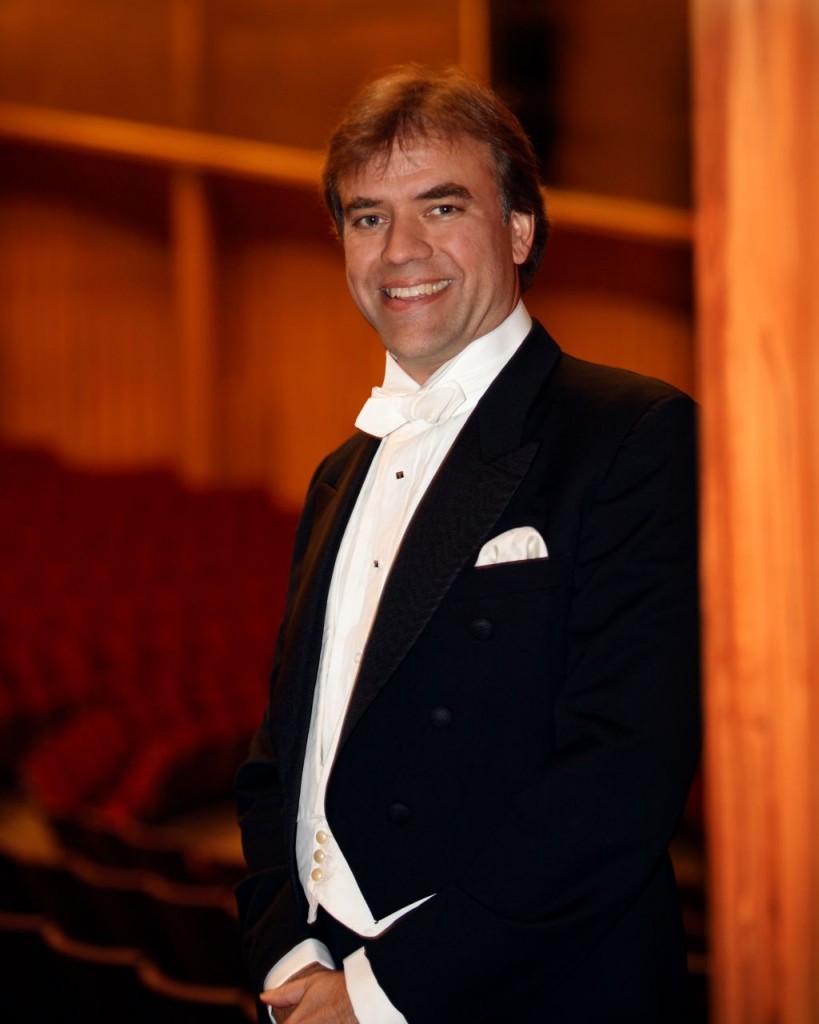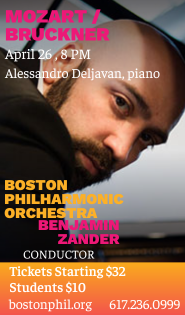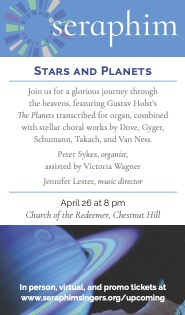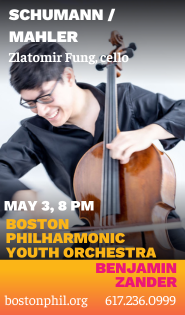Boston Landmarks Orchestra lights up the esplanade with Latin fare
The concert given by Christopher Wilkins and the Boston Landmarks Orchestra Wednesday night on the Charles River Esplanade brought the heat in more ways than one.
The weather gods cooperated, trading last week’s rain for high temperatures. But by concert time a breeze set in and temperatures hovered in the upper 70s, making for a pleasant evening on the lawn.
Wednesday’s program provided additional heat through a combination of the sultry sounds of Latin jazz, the refinement of a symphony orchestra, and the swift rhythms of folkloric dance, which made for a feast for the eyes as well as the ears.
Much of that was due to the final work on the program, Gonzalo Grau’s Viaje for Latin combo and orchestra.
The Venezuelan-born Grau grew up experiencing and performing jazz, Latin, and classical music, and his own compositions make intriguing combinations of those styles.
Viaje, which means Voyage, is a musical tour through the Caribbean and Central and South America, drawing upon urban and ethnic music from the Dominican Republic, Puerto Rico, Venezuela, and Brazil for source material. The music of each country was brought to vivid life Wednesday through the exuberant dancing of members of the BAJUCOL folkloric ballet.
Yet the piece is ultimately more an arrangement than an original composition. The orchestration offers little more than color and rhythmic support to the bomba rhythms, the whirling joropo melodies, and well-known settings of Brazilian Baião and Samba tunes.
Grau’s skills as a composer were more fully experienced in his Suite Peruana en Tres Sabores.
This “Peruvian Suite in three flavors” is filled with attractive melodies, jagged harmonies, and spicy rhythms, and the music brims with fiery brassy sounds, raucous, bass lines, and wild percussion rhythms.
For both works, the Landmarks Orchestra was in fine form and the musicians showed that they can lay down a groove when called upon. Wilkins, leading with deliberate gestures, coaxed precision playing from the orchestra, shaping a soaring string phrase here and forte attack there.
But the ensemble that was central to the performance of these works was Alex Alvear and his Salsa Band, who played and sang with verve.
Listeners were given an additional chance to experience Alvear’s music through two engaging arrangements drawn from music of the composer-bassist’s native Ecuador. The melodies of “Diva” were stirring and seemed to glide about in space while the lines of “Flor de Kikuyo” crackled with the zesty rhythms of indigenous music. Wilkins and the Landmarks Orchestra wove feathery support of accompaniment.
Before intermission, young musicians from the Dudamel Orchestra of the Conservatory Lab Charter School joined the Landmarks Orchestra for a vivid performance of Alice Gómez’s Mambo Concierto.
The work is less a concerto in the traditional sense than a three-movement setting of different mambo styles and tempos. The music consists of little more than orchestral settings of tuneful melodies and the repetitive chord progressions of a Latin Dance band, which fails to sutain one’s interest.
Wilkins and the musicians clearly believe in this music, however, and delivered a lively performance throwing off the steady grooves of each movement with panache.
Two selections from Gabriel Lena Frank’s Three Latin-American Dances provided a heftier combination of dance and symphonic music.
Frank’s musical style is muscular and tuneful, but, above all, her music pulses with rhythm. That was immediately apparent in “Jungle Jaunt,” a non-literal take on the Prologue from Bernstein’s West Side Story. “Mestizo Waltz” is a rapid-fire affair, full of bold brassy sound and quicksilver lines. Together, the two pieces are a whirlwind for orchestra, and Wilkins and the orchestra played the movements with focus and intensity.
For an opener, Wilkins led a bold reading of Aaron Copland’s El salón México. This riff on popular Mexican tunes and dance rhythms spearheaded the composer’ populist style that characterized his music of the 1930s.
The Landmarks musicians performed the work with bite, the pulsing bass line in the mixed-meter passages central to this score was delivered with power. The piece also featured the fine playing of solo winds. The trumpet’s smooth round tune made for an aptly schmaltzy take on mariachi while the clarinet’s slithery phrases added a touch of silver. The strings, when they took over the flowing melody, sounded bright.
As a last minute addition to the concert, Wilkins led the orchestra in a sparkling performance of the theme from Vincent Youmans’ film score to Flying Down to Rio, a musical farewell to Vivien Li of the Boston Harbor Association, who is leaving Boston for Pittsburgh.
Ronald Feldman will lead the Longwood Symphony Orchestra in Offenbach’s Gaîté Parisienne and Stravinsky’s Firebird Suite 7 p.m.Wednesday at the DCR Hatch Shell. landmarksorchestra.org.
Posted in Performances





Posted Jul 23, 2015 at 3:56 pm by Michael Harkins
What is the title of the Brazilian dance in the last piece of last night’a concert. I remember is played on the radio (in the early 1960s?). Thanks.
Posted Jul 25, 2015 at 9:51 am by Aaron
Hello Michael,
The tune you’re asking about is called Tristeza.